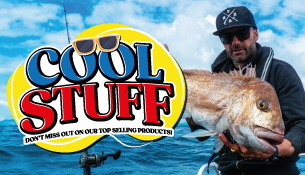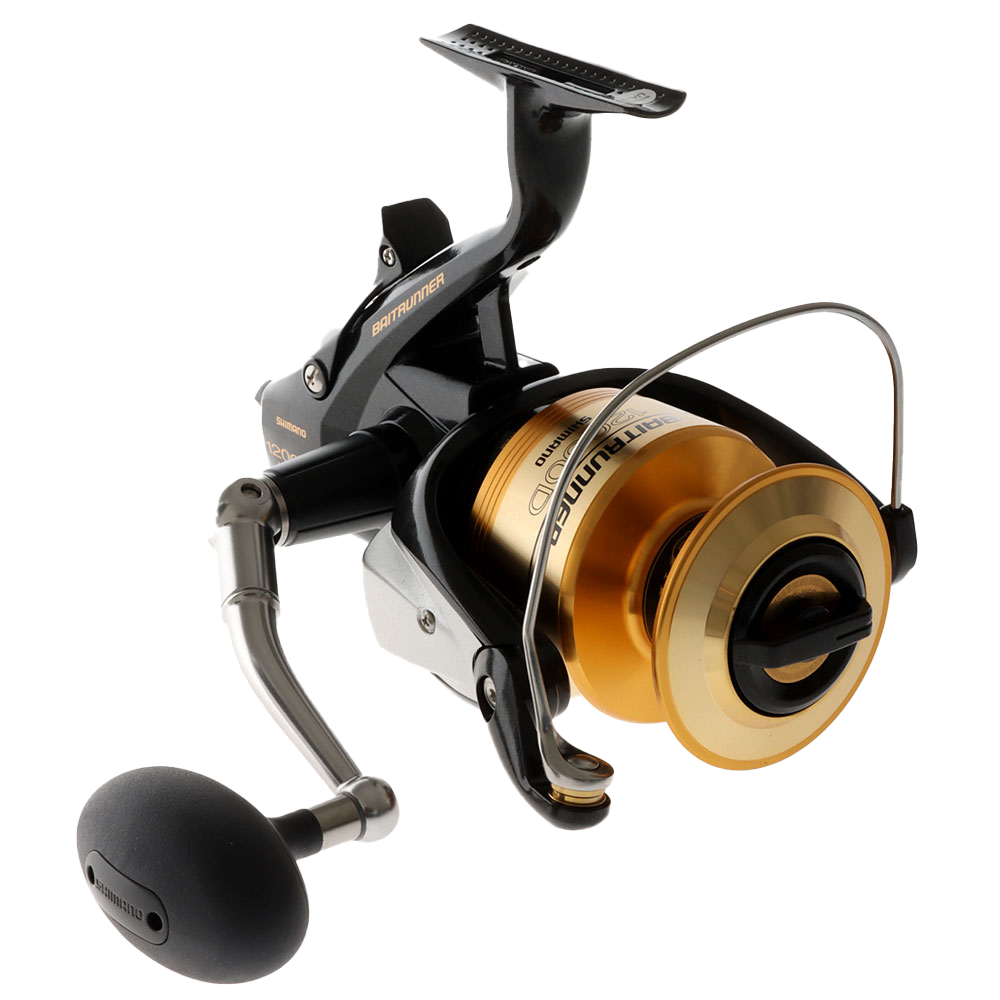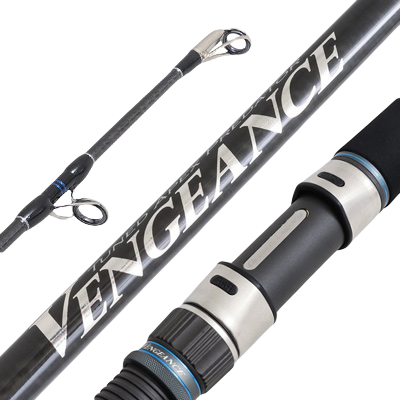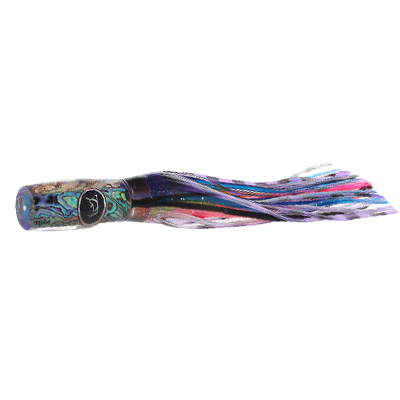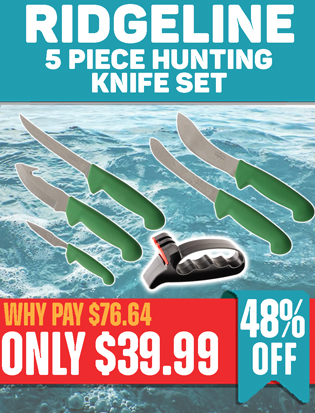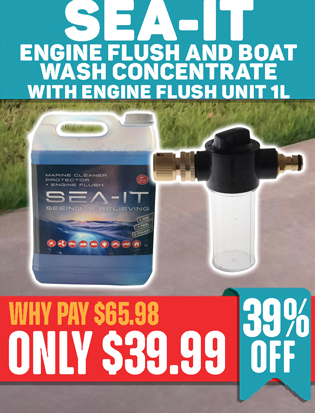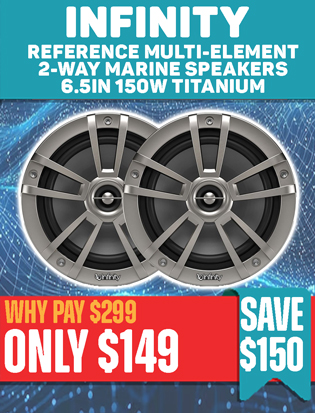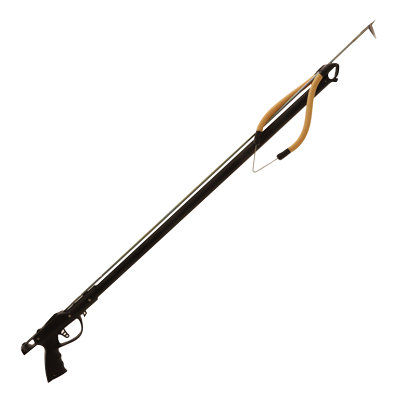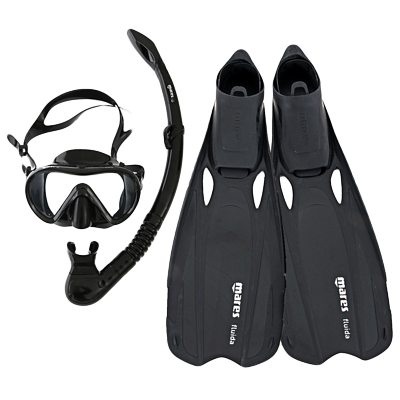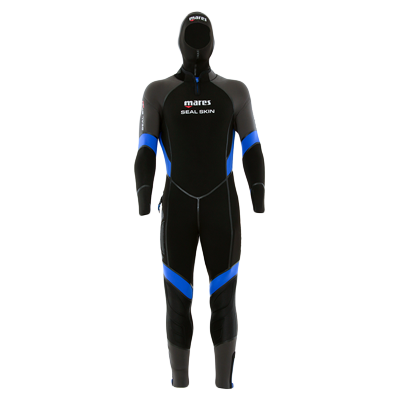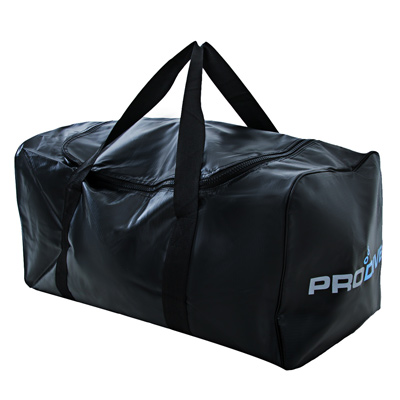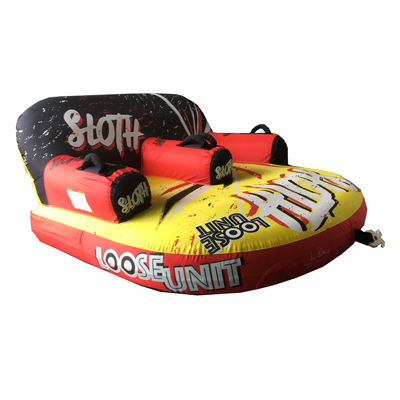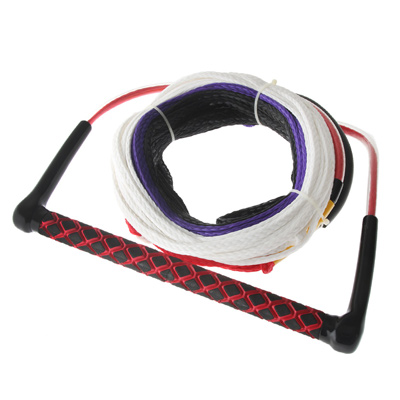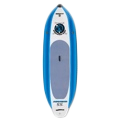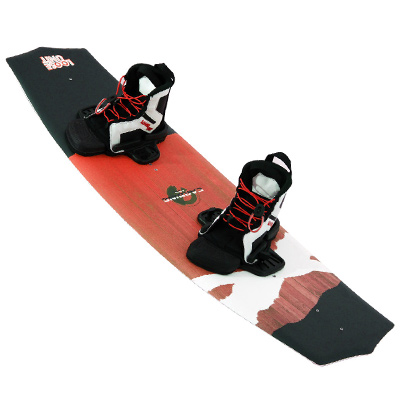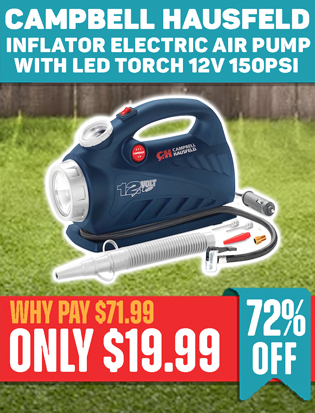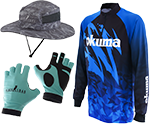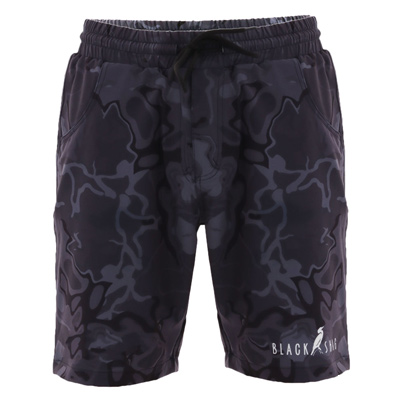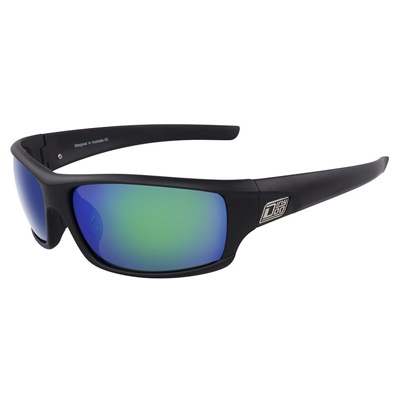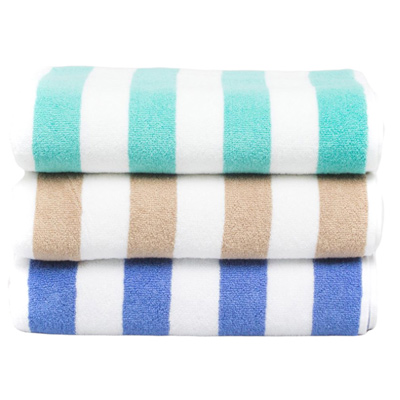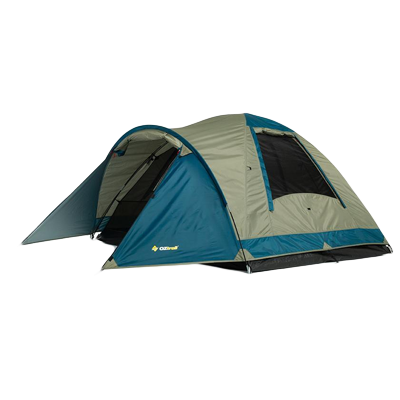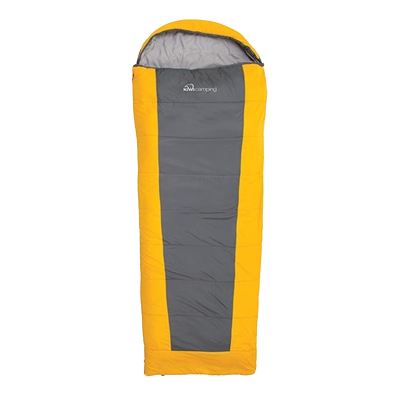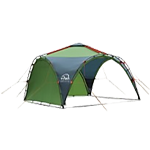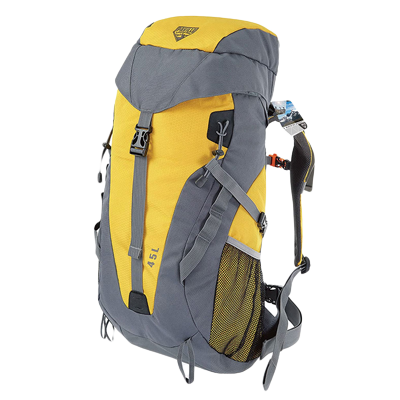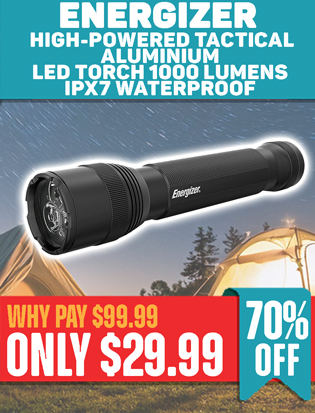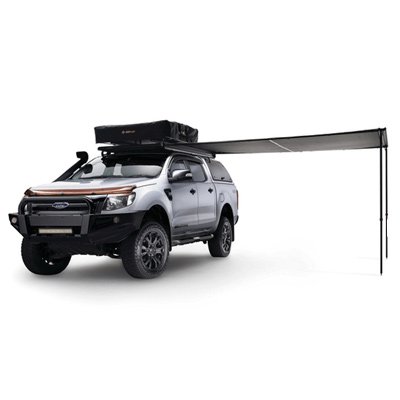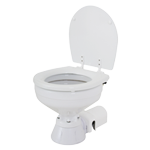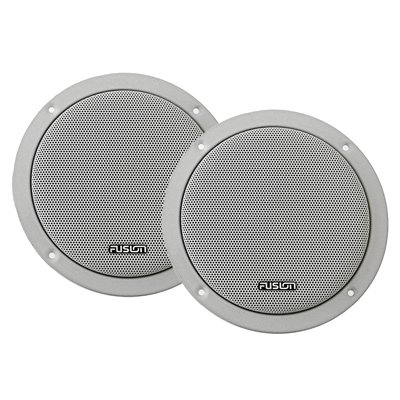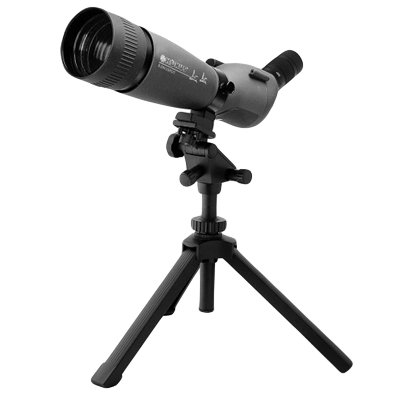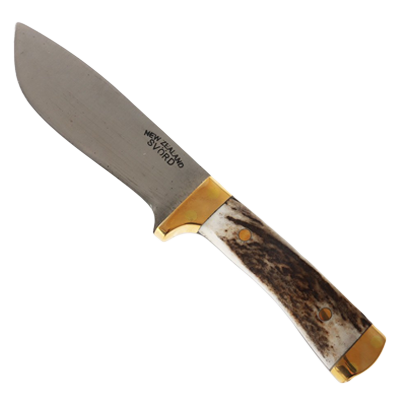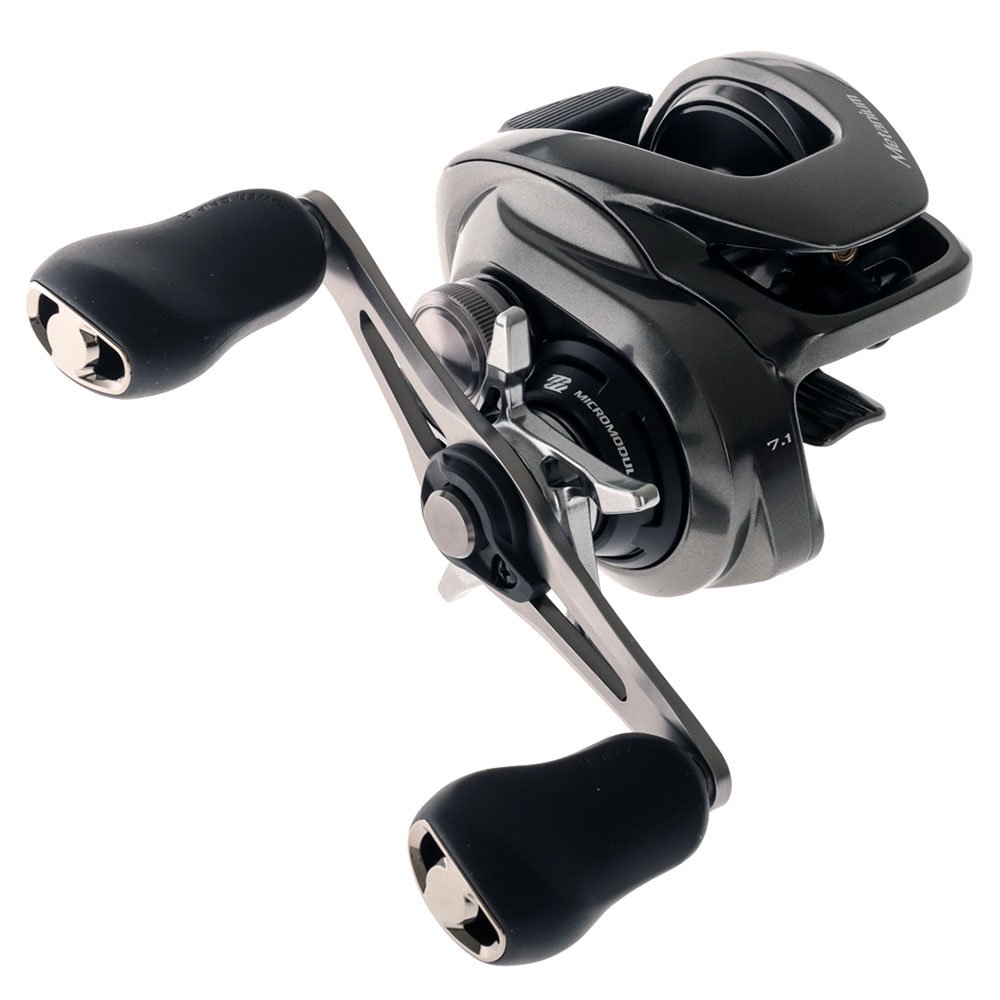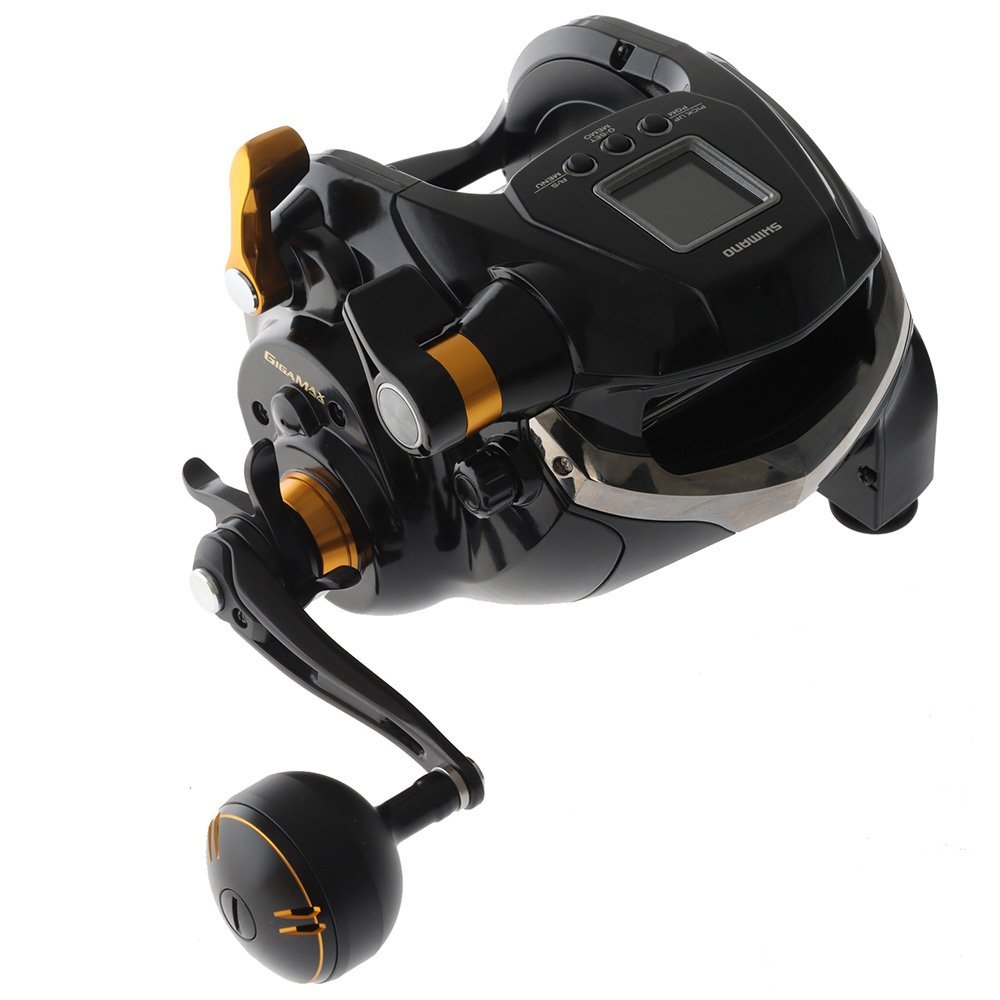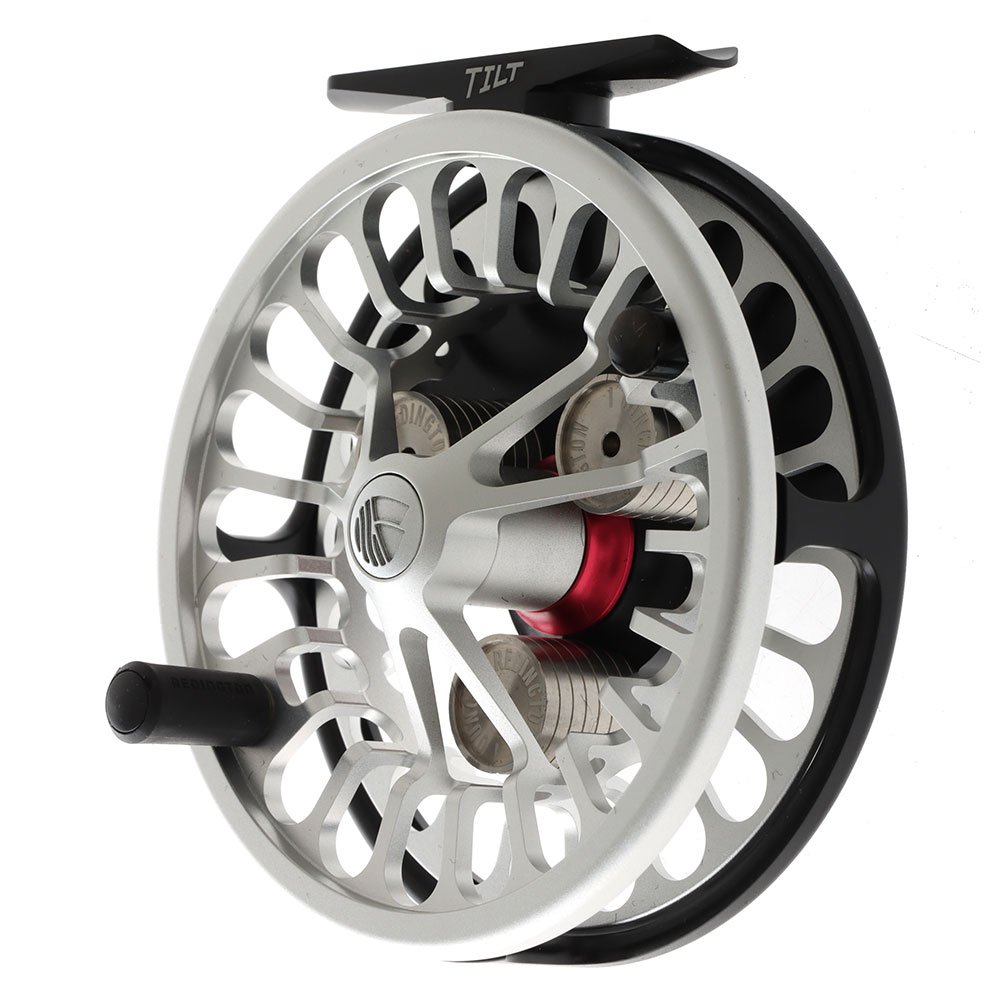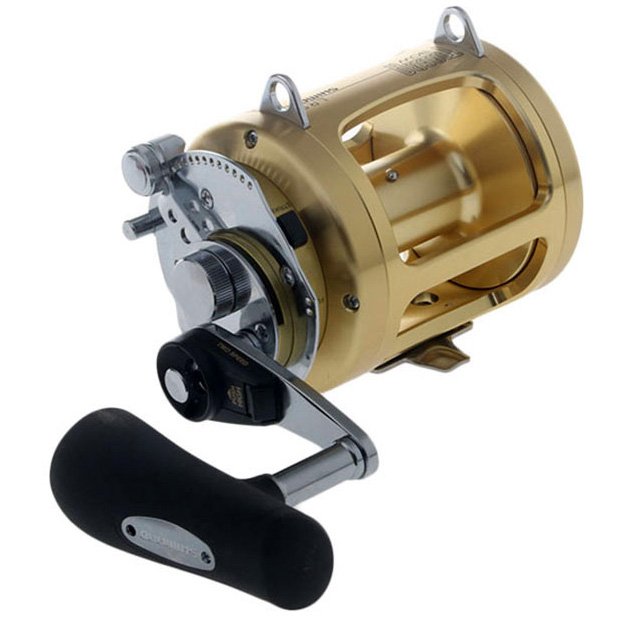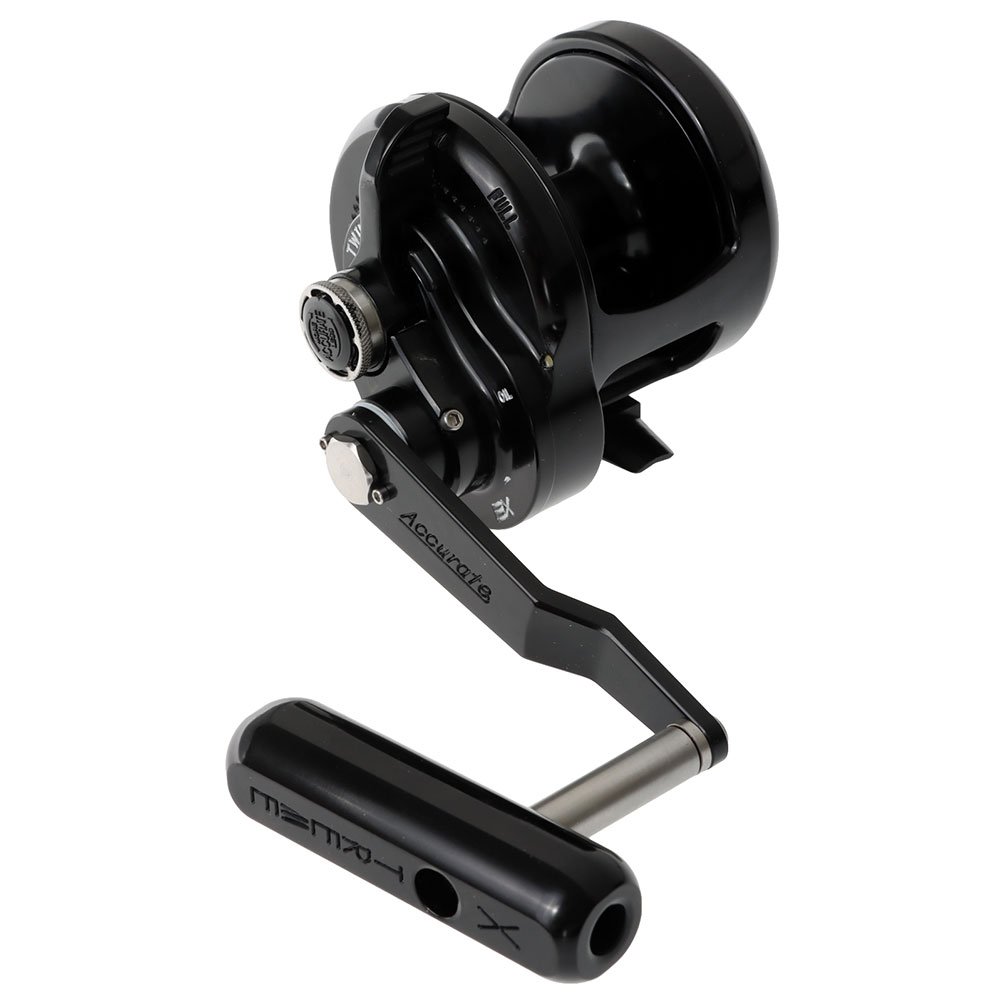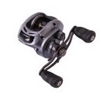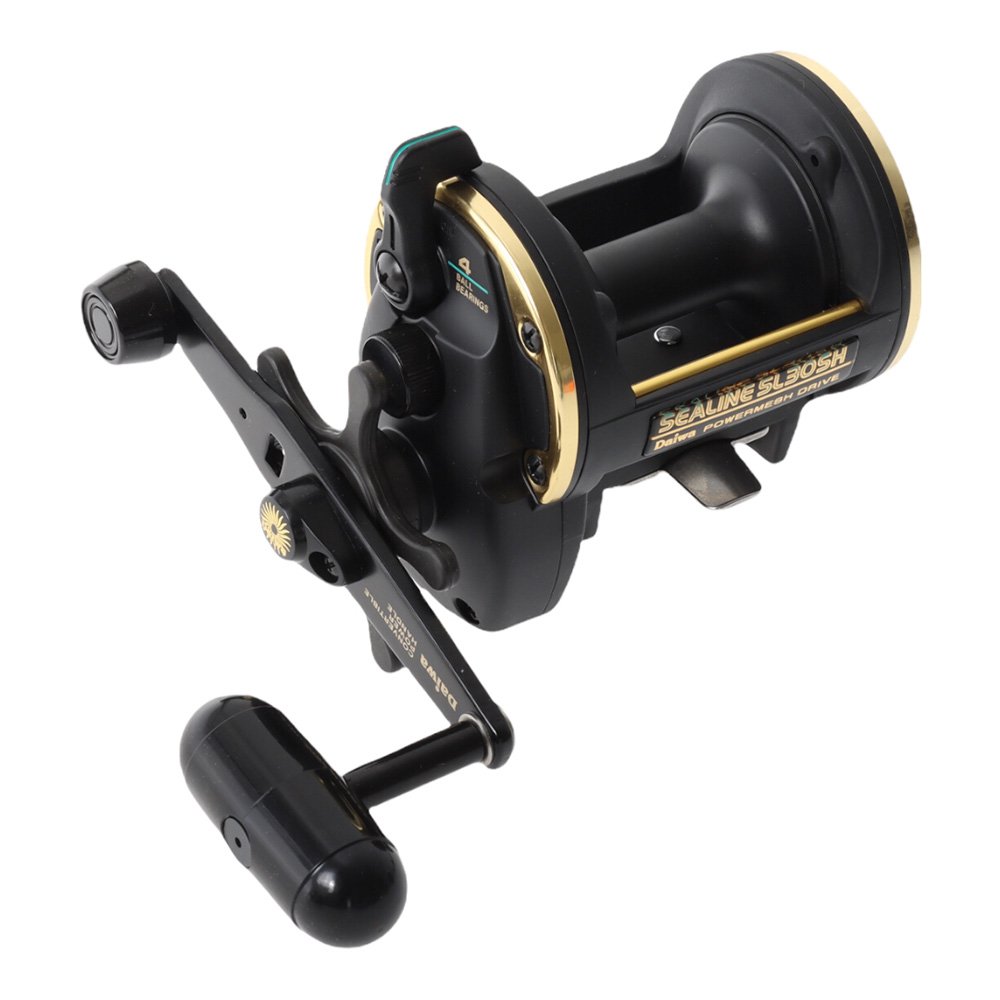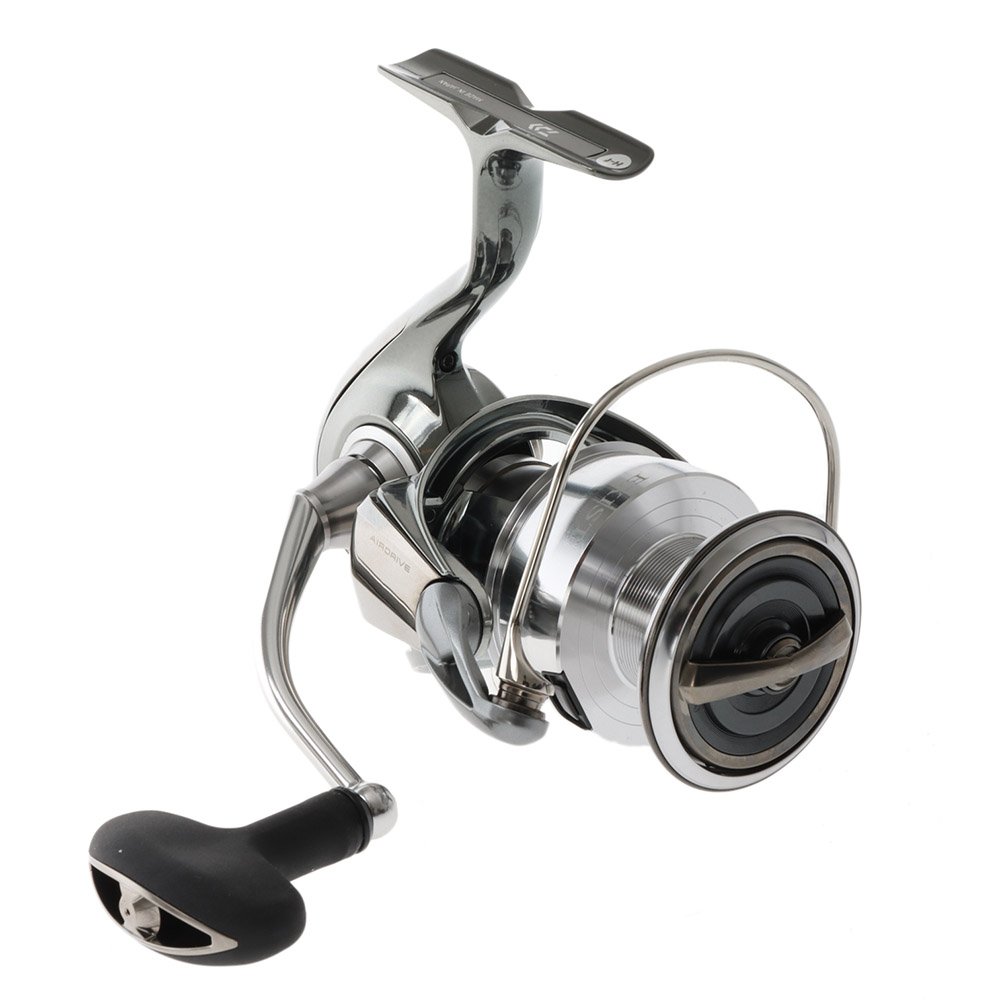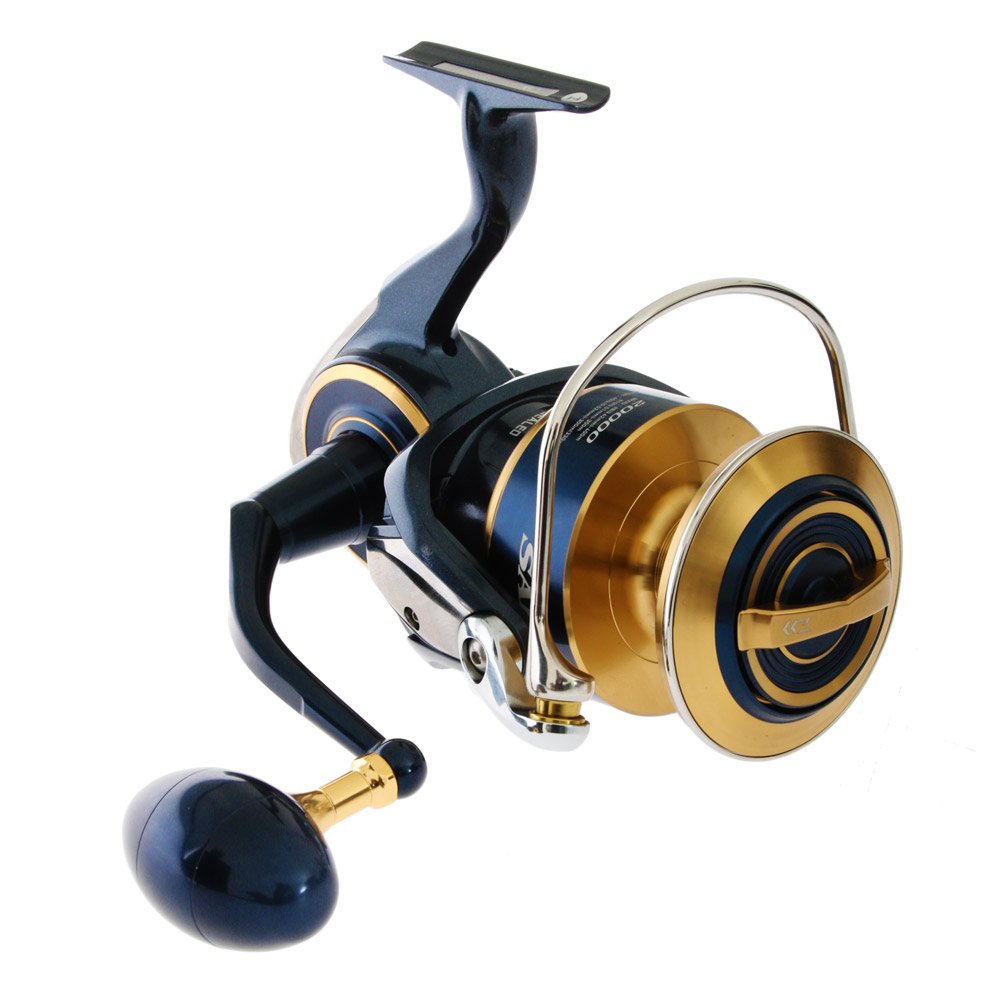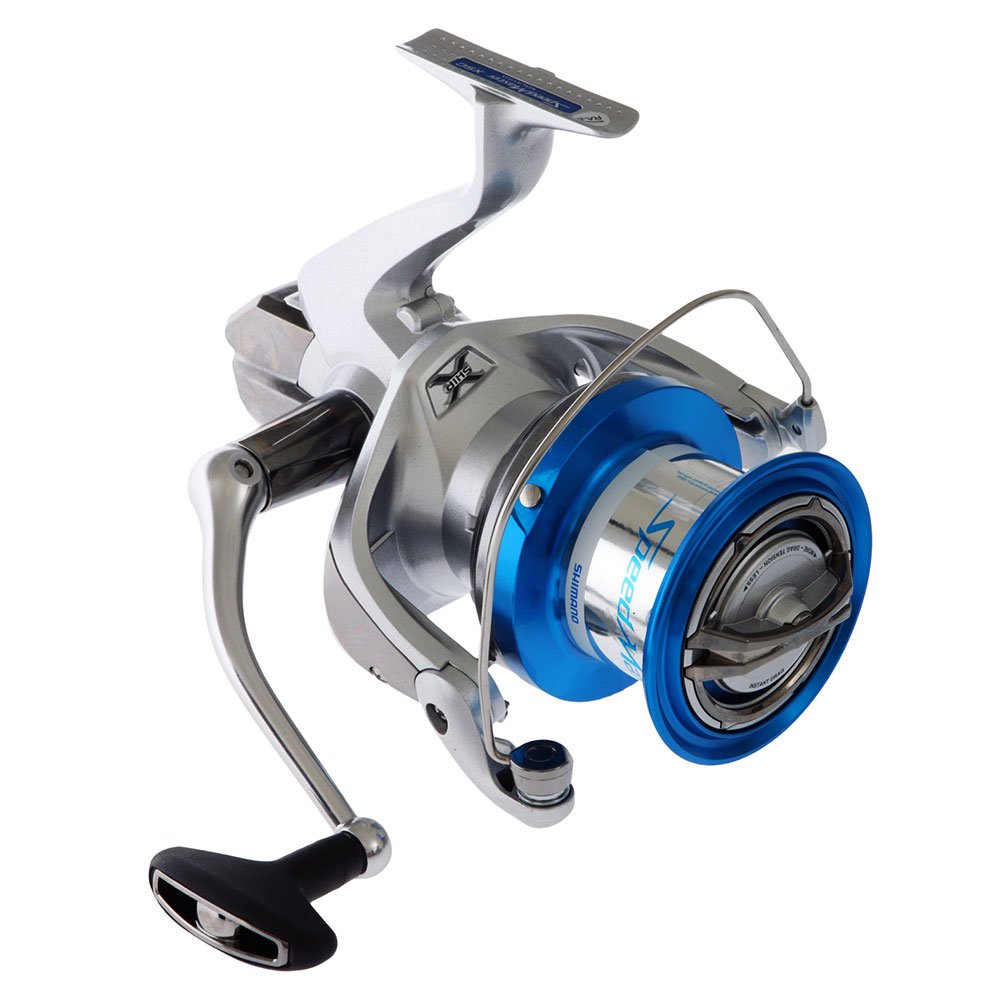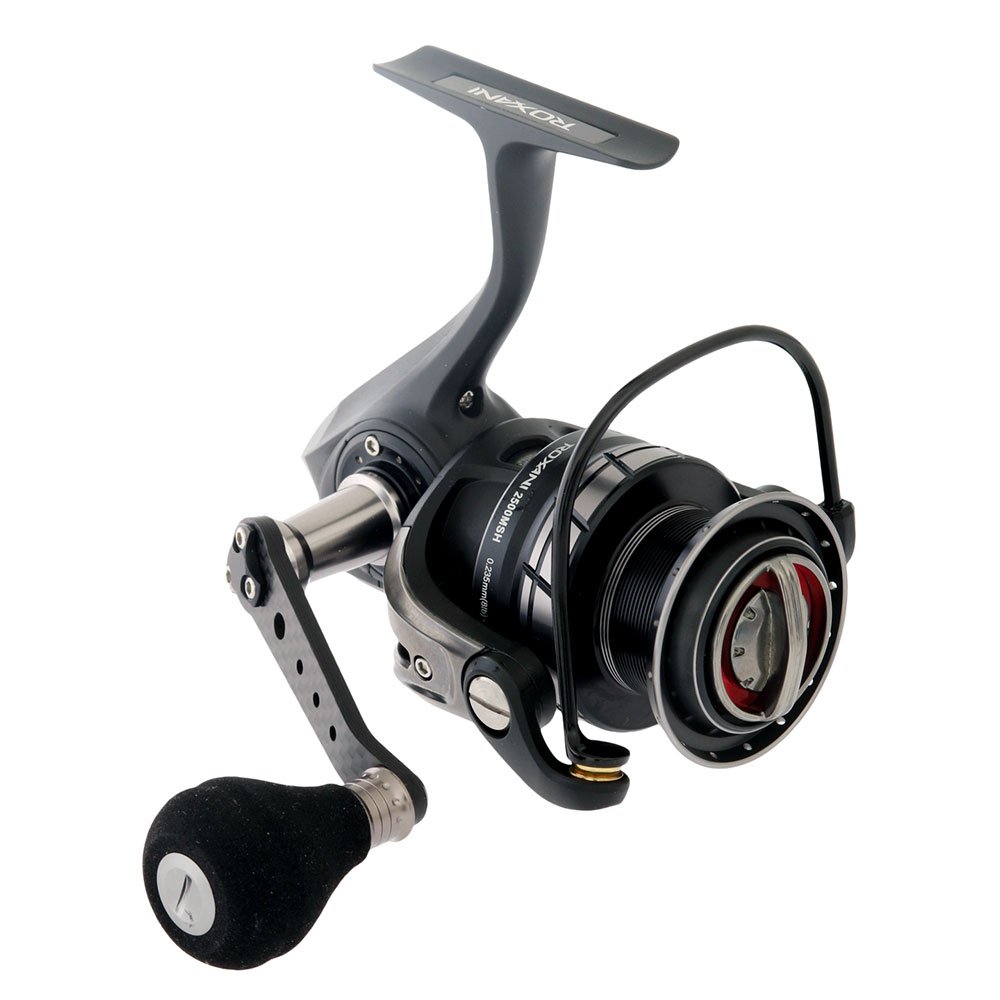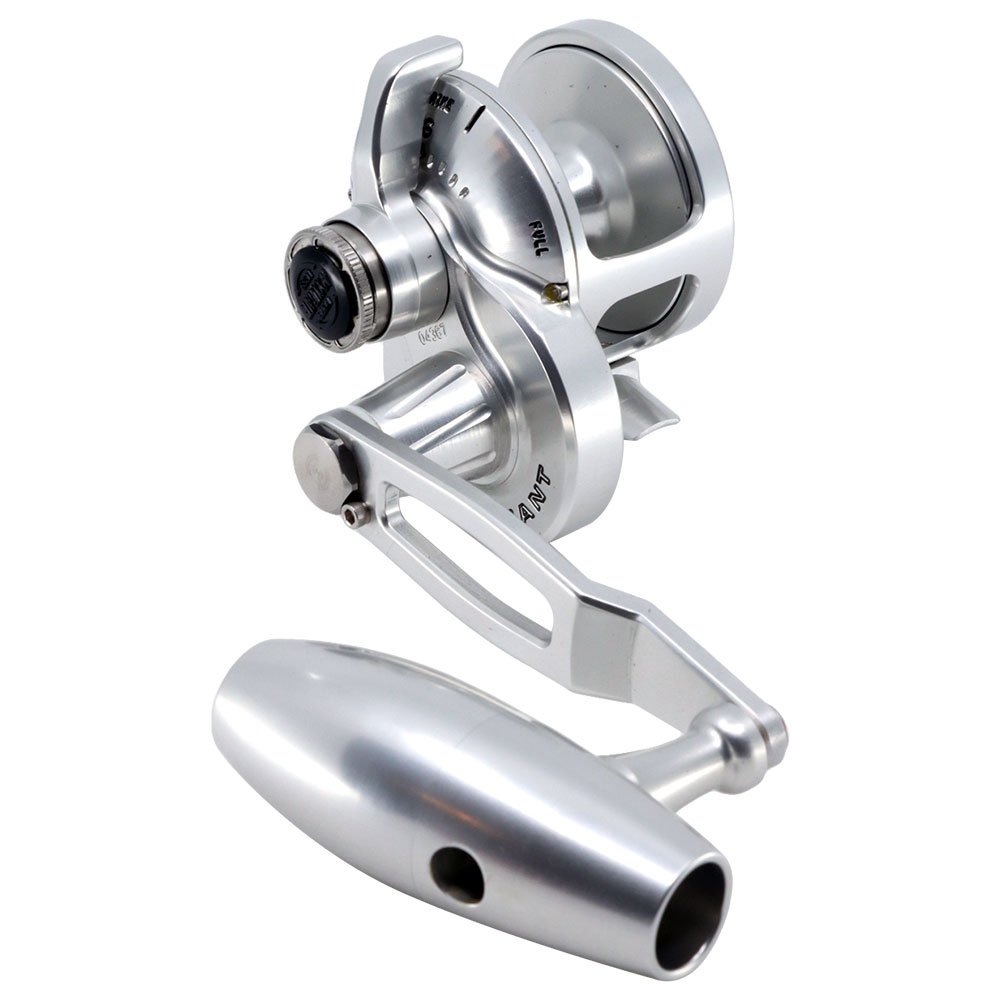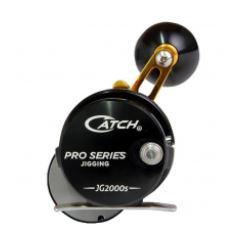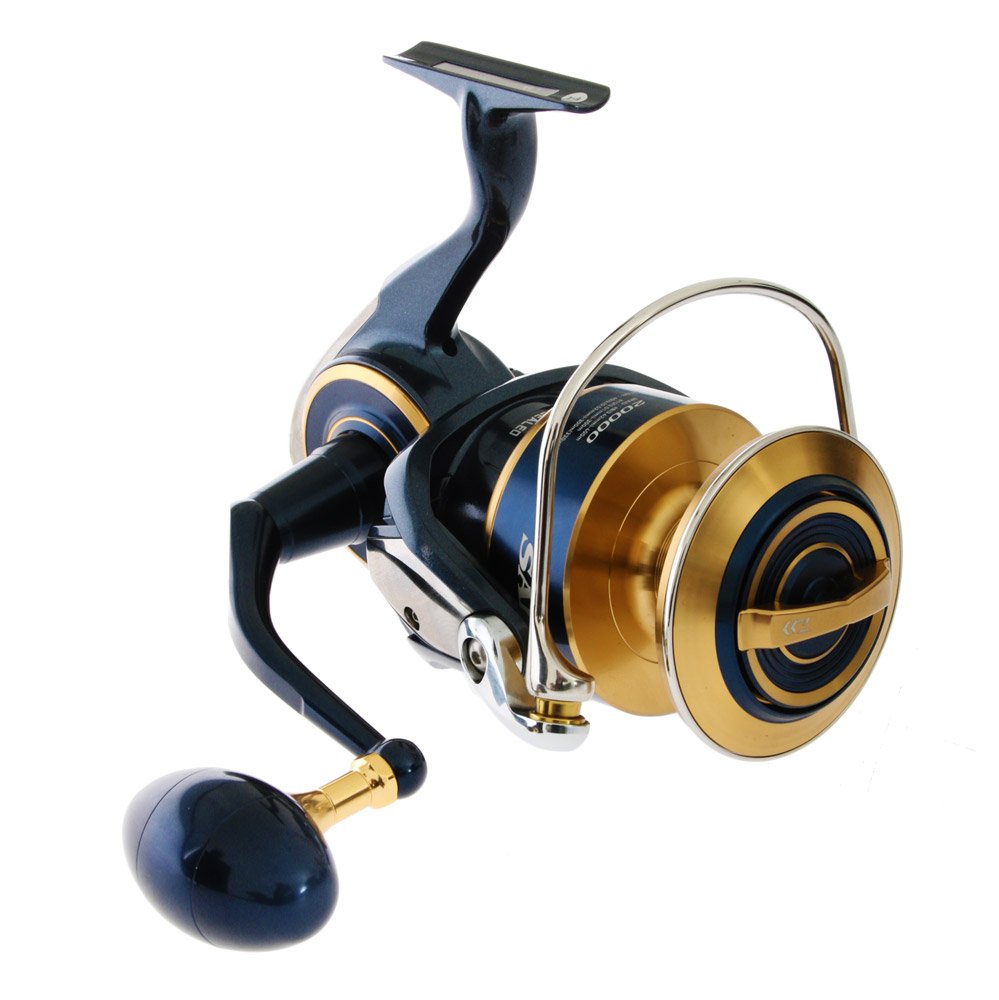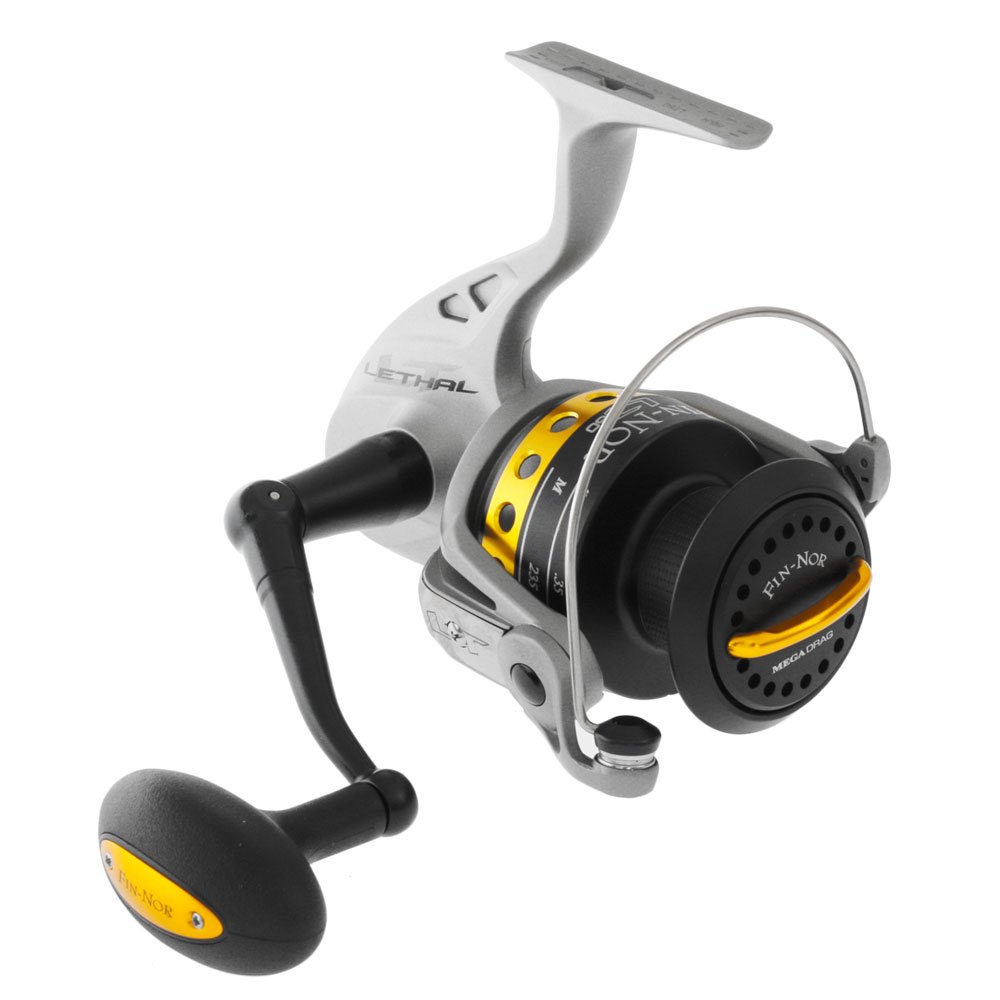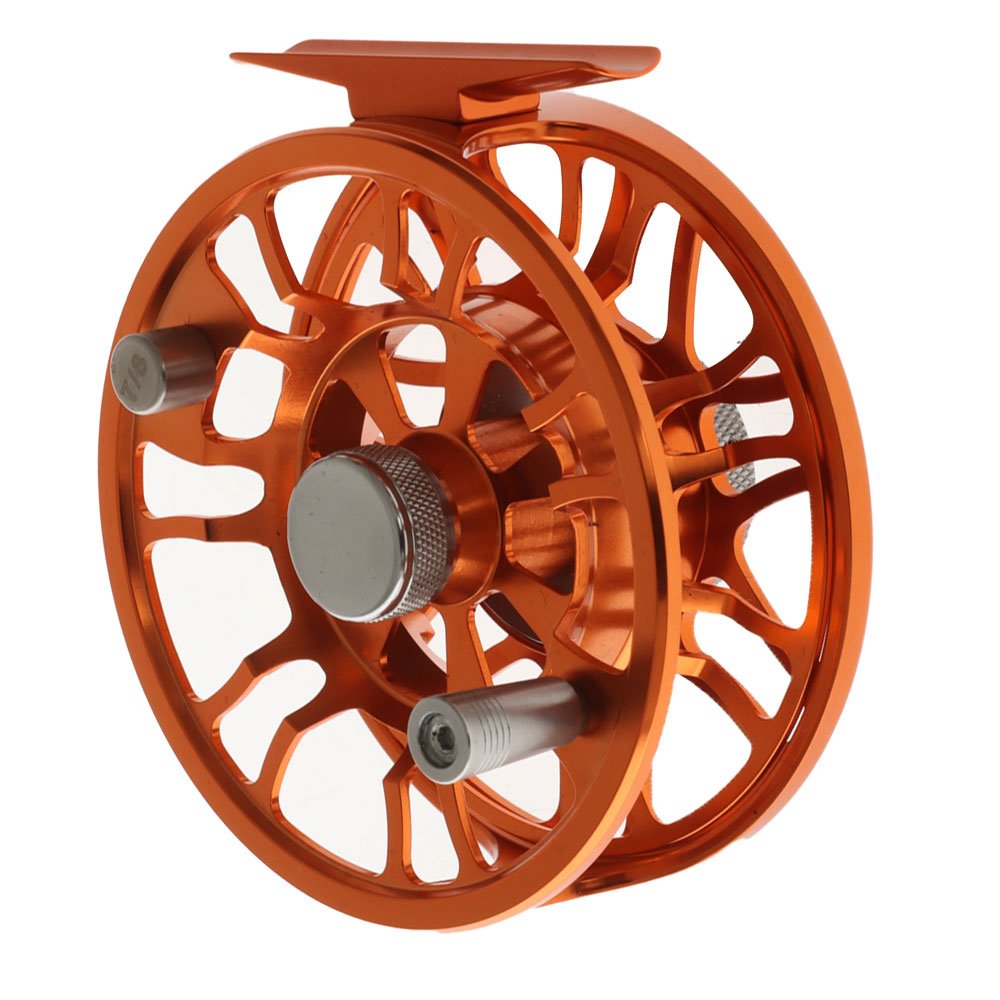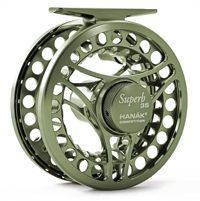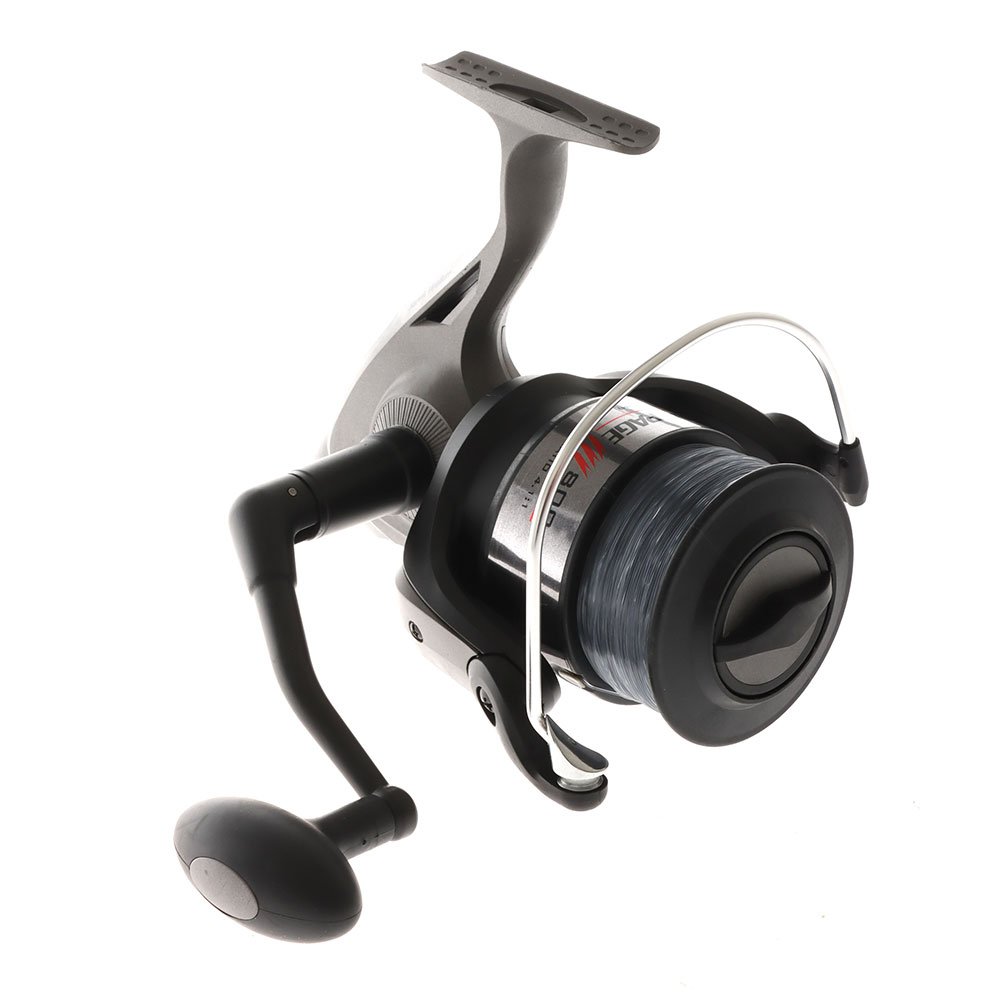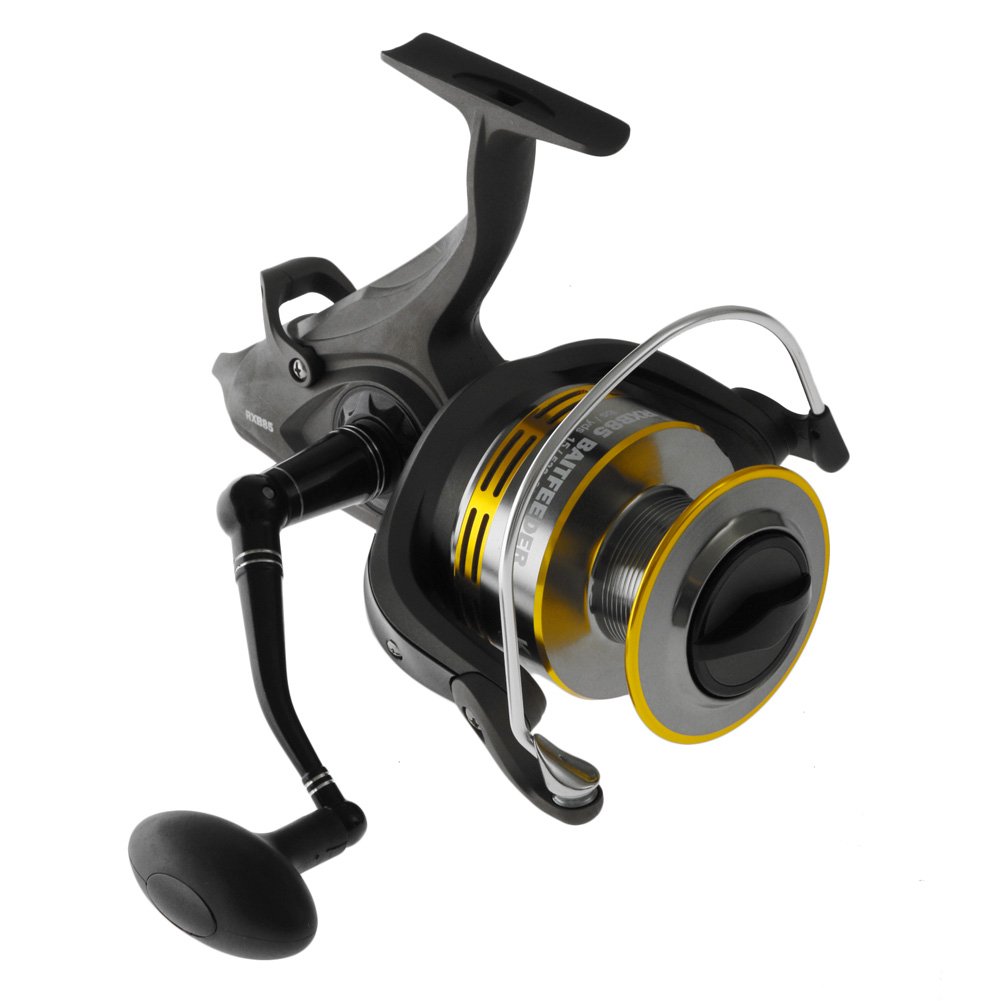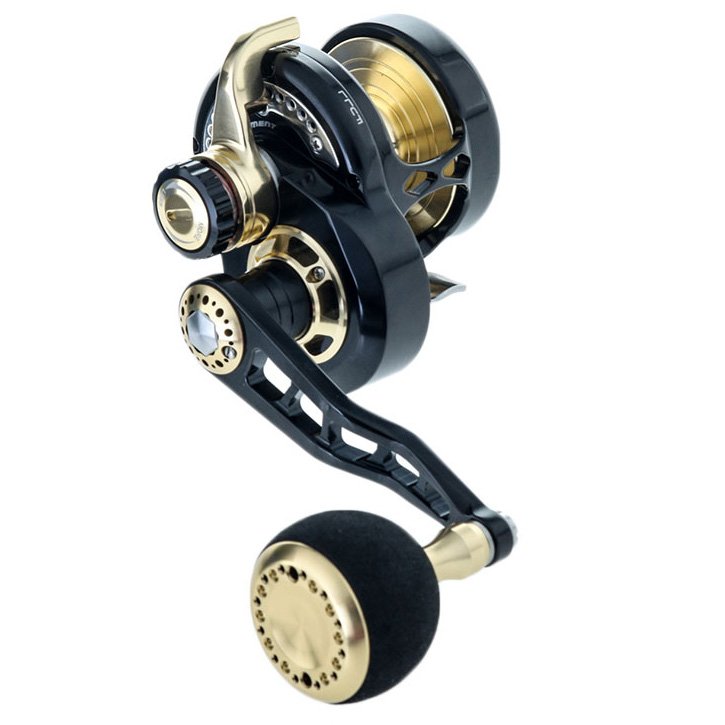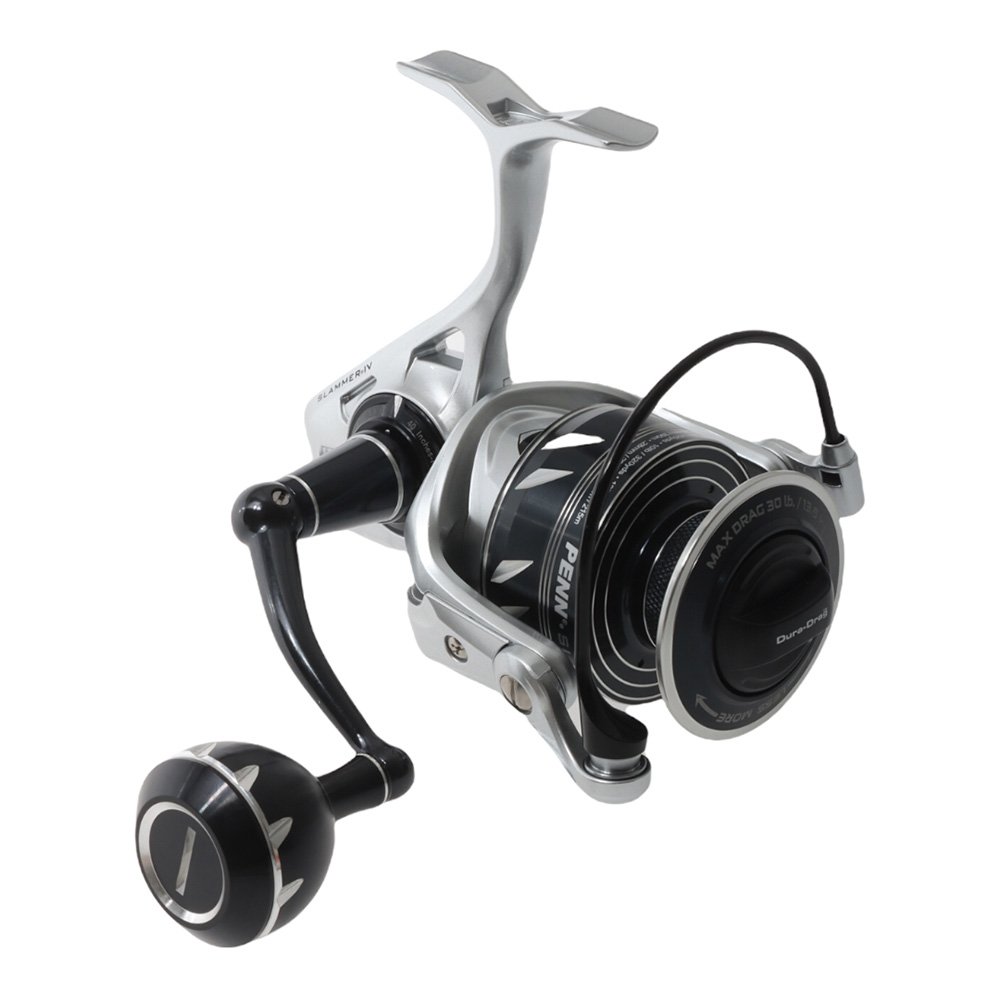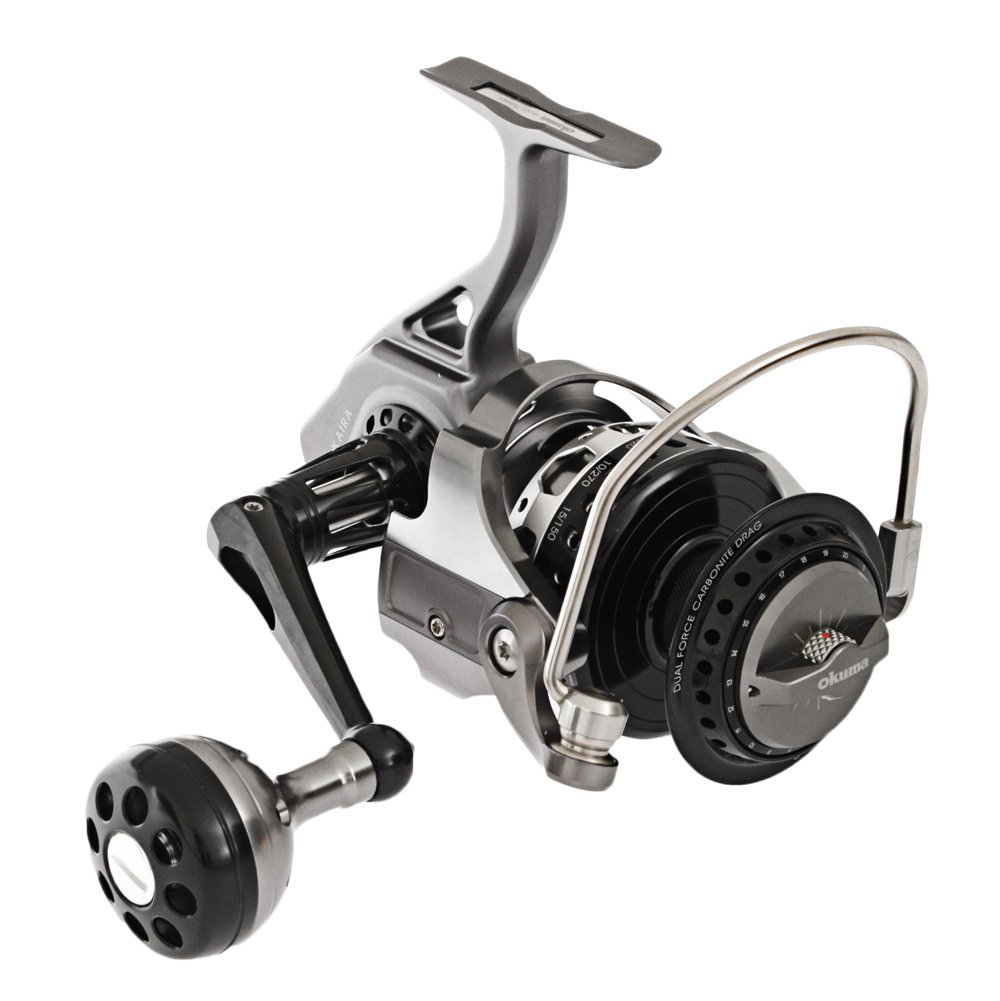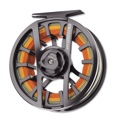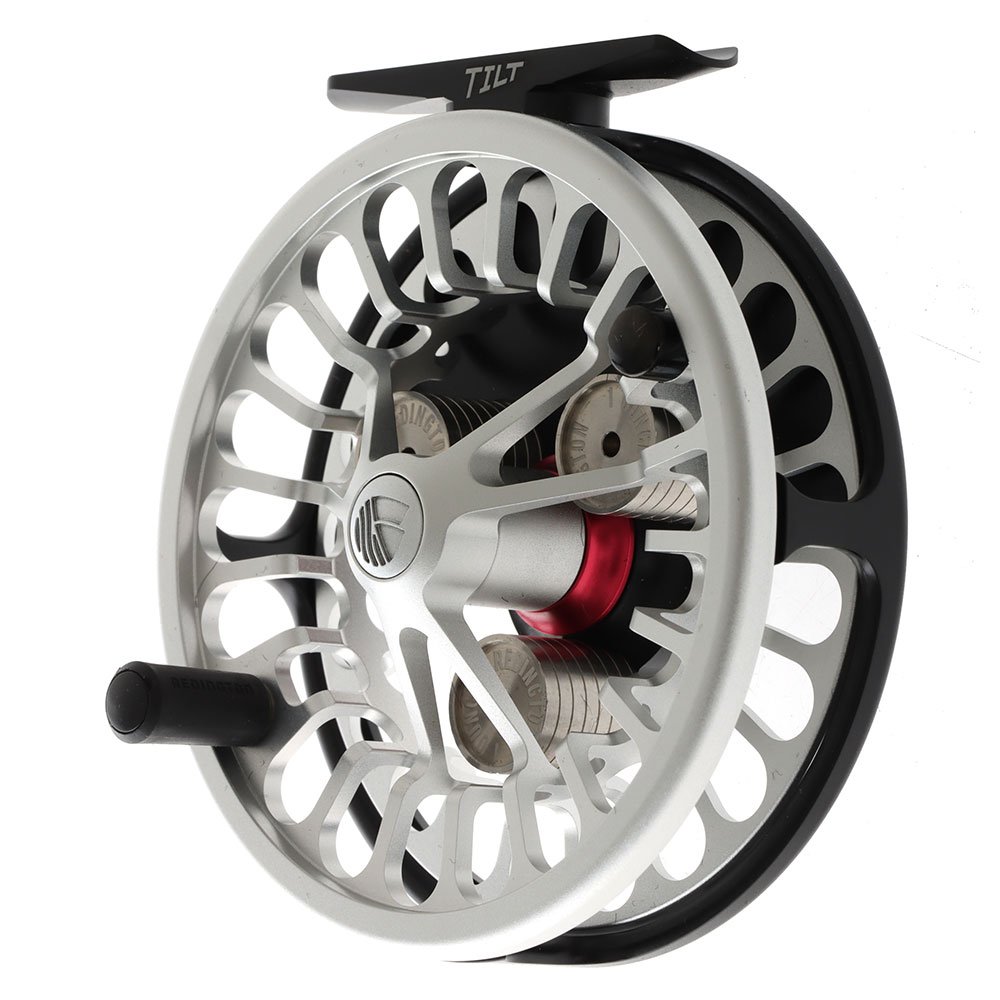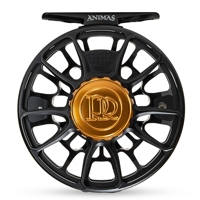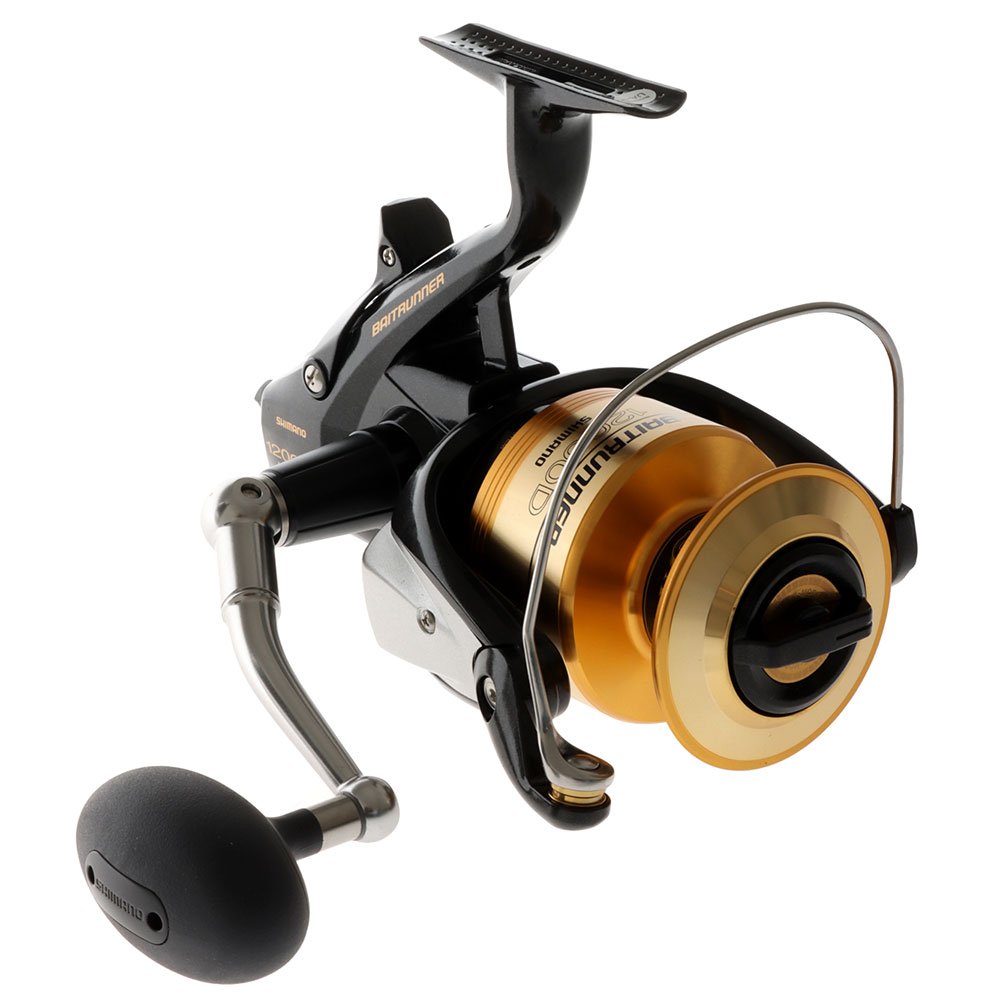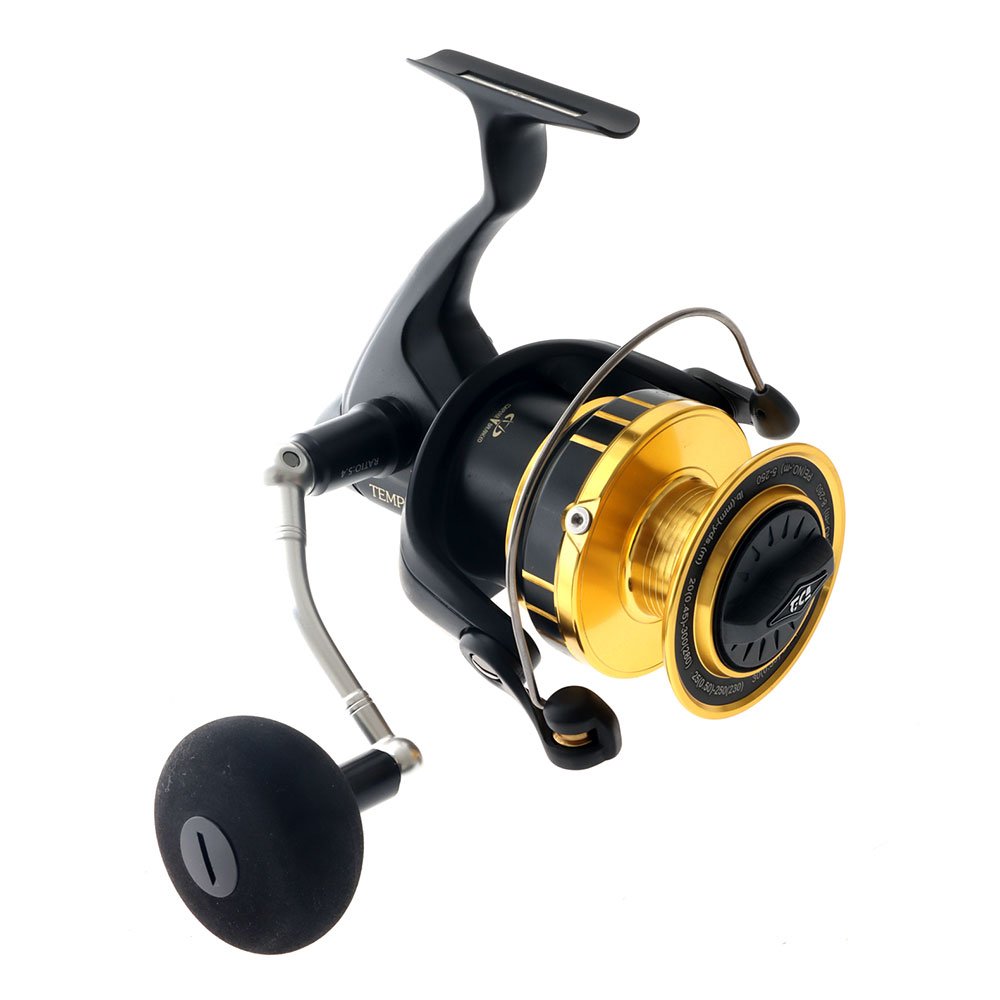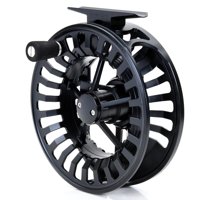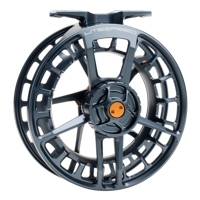-
Shop our Range
▼
-
Deals & Promotions
►
Featured Deals & Promotions
-
Fishing
►
Featured Fishing Categories
-
Boating
►
Featured Boating Categories
-
Marine Electronics
►
Featured Marine Electronics Categories
-
Diving & Snorkeling
►
Featured Diving & Snorkeling Categories
-
Watersports
►
Featured Watersports Categories
-
Apparel
►
Featured Apparel Categories
-
Camping & Hiking
►
Featured Camping & Hiking Categories
-
RV & Motorhomes
►
Featured RV & Motorhomes Categories
-
Hunting
►
Featured Hunting Categories
- Cool Stuff ►
- Shop By Brand
-
Deals & Promotions
►
-
How Can We Help You?
Give Us A Call 1800 154 713
Or get us to call you... request a call back
- Australia's Fastest Delivery with TGE Courier
- Free Delivery on orders over $199* Metro only. T&Cs Apply.
- Full Warranty And No Worries Returns We'll refund, repair or replace
- Insanely Easy Returns via ParcelPoint 1500+ locations Australia-wide
- Lowest Price Guarantee Find a lower price, we'll match it or we can do better!
- Massive Range 21,000+ products in stock ready to ship!
- AfterPay Shop Now. Pay Later.
Reels
-
- Abu Garcia Reels (26)
- Accurate Reels (23)
- Catch Reels (9)
- Daiwa Reels (190)
- Fin-Nor Reels (12)
- FlyLab Reels (13)
- HANAK Competition Reels (27)
- Jarvis Walker Reels (23)
- Kilwell Reels (12)
- Maxel Reels (24)
- PENN Reels (190)
- Okuma Reels (0)
- Orvis Reels (15)
- Redington Reels (60)
- Ross Reels (0)
- Shimano Reels (2)
- TiCA Reels (30)
- Vision Fly Fishing Reels (19)
- Waterworks-Lamson Reels (16)
- Baitcaster Reels (30)
- Electric Reels (33)
- Freshwater Reels (182)
- Game Reels (51)
- Jigging Reels (92)
- Left-Handed Reels (12)
- Overhead Reels (114)
- Softbait Reels (149)
- Spinning Reels (310)
- Surfcast Reels (27)
Reels by Type
Baitcaster Reels (30)
Electric Reels (33)
Freshwater Reels (182)
Game Reels (51)
Jigging Reels (92)
Left-Handed Reels (12)
Overhead Reels (114)
Softbait Reels (149)
Spinning Reels (310)
Surfcast Reels (27)
Reels by Brand
Abu Garcia Reels (26)
Accurate Reels (23)
Catch Reels (9)
Daiwa Reels (190)
Fin-Nor Reels (12)
FlyLab Reels (13)
Jarvis Walker Reels (23)
Kilwell Reels (12)
Maxel Reels (24)
PENN Reels (190)
Okuma Reels (0)
Orvis Reels (15)
Redington Reels (60)
Ross Reels (0)
Shimano Reels (2)
TiCA Reels (30)
Looking for a great deal on a Fishing Reel?
There are a LOT of different reels out there in the market, but ultimately they all come down into two main categories; Spinning reels and Overhead reels. Here we discuss the differences between them...and how to choose a reel!
Spinning Reels
Spinning reels (or otherwise known as coffee grinders or egg beaters) are predominately used in New Zealand for surf casting and stray-lining. However their simple and easy to use construction makes them the reel of choice for countless fishermen nationwide. If you are new to fishing or buying for a beginner, a spinning reel should be your first option as it is very forgiving, which is a very admirable trait when ‘learning the ropes’. Smaller spinning reels have become increasingly popular over the last couple of years, predominately due to the rise of soft bait fishing. Small spinning reels account for the majority of soft baiting reels in the market as they are easier to cast than overhead equivalents, which makes it easy for budding fisherman to get into this unique style of sport fishing.Overhead Reels
The term overhead reel is used to describe a variety of reels all of which are subtly different, but share the common characteristic of being mounted on top of the rod. These styles include; bait casters, low-profile reels, big game reels and conventional. Overhead reels are primarily used off boats as they tend to have larger line capacities for fishing in deeper water. Also, casting with them requires a certain level of skill and can become quite difficult at times. In the past overhead reels were renowned for their superior strength and larger max drag capabilities and were the favourite for any ‘serious’ angler. However, modern advancements have levelled the playing field in this area as some spinning reels are now equal to (or have surpassed) their overhead equivalent. As always different reels are designed to meet different fishing requirements and to suit various methods. When it comes to selecting a reel there are a few basic points to consider that can apply to all reels, no matter your requirements are.Line Capacity
Starting off with the basics, line capacity essentially determines how much line you can fit onto your reel. This is a simple yet important thing to consider and it will vary greatly depending on the style of fishing you are intending to use the reel for. A large line capacity is required for anything where you have a lot of line out in the water (Surfcasting) or typically fighting powerful fish (Game fishing). Likewise, a large line capacity is not as essential if you are targeting smaller fish in much shallower water (Soft baiting).Drag Capability
Like always, determining what drag system is best for you is reliant upon your style of fishing and how much drag is required to sufficiently do the job. If you are fighting large, powerful and dirty fighting fish that love to hide around line shredding structure (such as Kingfish) a reel that has the ability to provide heavy drag settings dramatically increases the likelihood of landing your catch. This is because you will be able to put a lot more ‘hurt’ on the fish and lift him out of that structure. If you are typically hunting down a good feed, whether it is Snapper or Blue Cod, a high powered drag system is not always essential to do an adequate job. However, if a reel is capable of performing at a higher level of drag it is generally going to run smoother at a lower level as there won’t be as much relative stress on it. If you can’t remember anything else always think: ‘The larger the fish, the larger the drag’.Retrieve
The retrieve of a reel is indicated by its gear ratio. The gear ratio is an indication of how many revolutions of the spool occur for each crank of the handle. This means that the higher the gear ratio is the more revolutions of the spool you will receive and can act as a rough guide to speed. However, the size of your reel’s spool plays a part on the speed of the retrieve. For example, if you have a reel such as a Fin-Nor Marquesa 16 that has a gear ratio of 6.1:1 and a Fin-Nor Marquesa 30 which has the same gear ratio, the 30 version will have quicker retrieve as it has a larger spool and will bring in more line per revolution/turn of the handle. The best indication of retrieval speed is I.P.T. which stands for Inches-Per-Turn. Retrieve speed is a very crucial part of the reel and is particularly important in certain styles of fishing where quick line speed is required – such as Jigging.-
PENN Slammer IV 5500 Spinning Reel
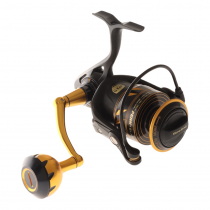 ONLY $419.00
ONLY $419.00Hurry! 4 left in stock
-
Daiwa 21 Freams LT 2500 Light Tackle Spinning Reel
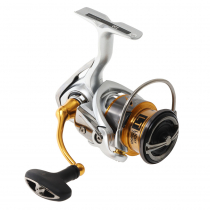 Why pay $249.00ONLY $205.00SAVE $44.00!
Why pay $249.00ONLY $205.00SAVE $44.00!Hurry! 2 left in stock
-
TiCA Sportera LR6007 Spinning Baitfeeder Reel
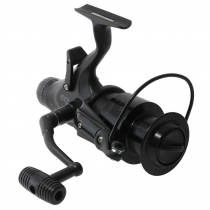 ONLY $81.99
ONLY $81.99In Stock
-
Maxel Teaser Aluminium Reel Silver
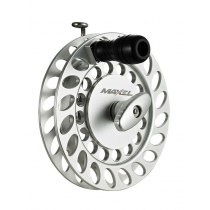 Why pay $389.00ONLY $369.00SAVE $20.00!
Why pay $389.00ONLY $369.00SAVE $20.00!Hurry! 2 left in stock
-
PENN Slammer IV 4500 Spinning Reel
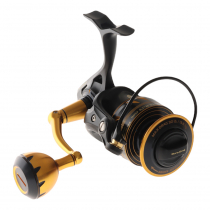 ONLY $409.00
ONLY $409.00Hurry! 3 left in stock
-
Daiwa 22 Tanacom 1200 A Power Assist Electric Reel
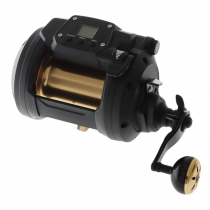 Why pay $1,269.00ONLY $1,059.00SAVE $210.00!
Why pay $1,269.00ONLY $1,059.00SAVE $210.00!In Stock
-
Daiwa Saltist MQ 14000-H Offshore Spinning Reel
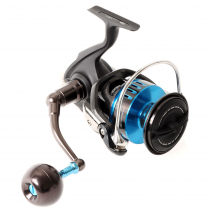 Why pay $549.00ONLY $499.00SAVE $50.00!
Why pay $549.00ONLY $499.00SAVE $50.00!In Stock
-
TiCA Flash Cast FC2500 Spinning Reel
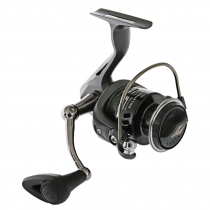 Why pay $145.00ONLY $105.00SAVE $40.00!
Why pay $145.00ONLY $105.00SAVE $40.00!Hurry! 1 left in stock
-
Daiwa 24 Certate (G) LT 4000D-C-ARK Spinning Reel
 ONLY $829.00
ONLY $829.00Hurry! 3 left in stock
-
Daiwa 24 Certate (G) LT 3000D Spinning Reel
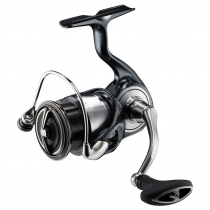 ONLY $769.00
ONLY $769.00Hurry! 1 left in stock
-
TiCA Team Gold 50WTS 2-Speed Big Game Reel
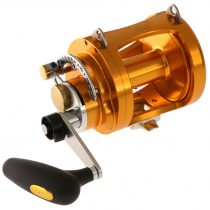 Why pay $819.00ONLY $499.00SAVE $320.00!
Why pay $819.00ONLY $499.00SAVE $320.00!Hurry! 3 left in stock
-
Daiwa Saltist LW 30HB Levelwind Overhead Boat Reel
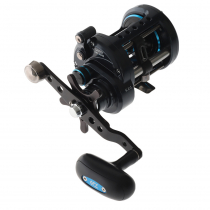 Why pay $409.00ONLY $345.00SAVE $64.00!
Why pay $409.00ONLY $345.00SAVE $64.00!Hurry! 2 left in stock
-
Daiwa 24 Certate (G) LT 4000D-C Spinning Reel
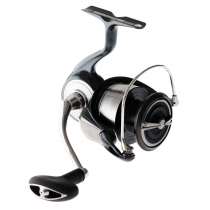 ONLY $769.00
ONLY $769.00Hurry! 2 left in stock
-
PENN Squall 50 VSW Lever Drag Overhead Reel
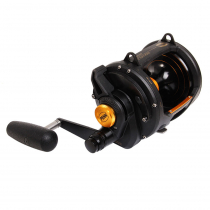 ONLY $519.00
ONLY $519.00Hurry! 2 left in stock
-
PENN Spinfisher VII Live Liner 8500LL Spinning Reel
 Why pay $349.00ONLY $239.00SAVE $110.00!
Why pay $349.00ONLY $239.00SAVE $110.00!Hurry! 4 left in stock
-
TiCA Uzio GCB300 RH Baitcaster Reel
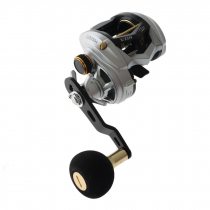 Why pay $235.00ONLY $169.00SAVE $66.00!
Why pay $235.00ONLY $169.00SAVE $66.00!In Stock
-
Daiwa BG16 6500 Spinning Reel
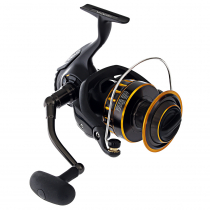 ONLY $229.00
ONLY $229.00In Stock
-
PENN Fierce IV 8000LL Live Liner Spinning Reel
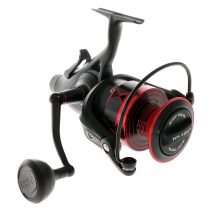 Why pay $219.99ONLY $209.00SAVE $10.99!
Why pay $219.99ONLY $209.00SAVE $10.99!In Stock
-
Daiwa 20 Saltiga (G) 14000-XH Spinning Reel
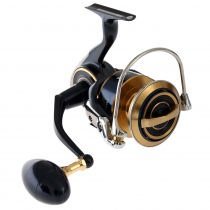 ONLY $1,409.00
ONLY $1,409.00In Stock
-
Daiwa Leobritz S500JP Electric Reel Silver
 Why pay $949.00ONLY $809.00SAVE $140.00!
Why pay $949.00ONLY $809.00SAVE $140.00!Hurry! 2 left in stock



